Seasons – January 2021
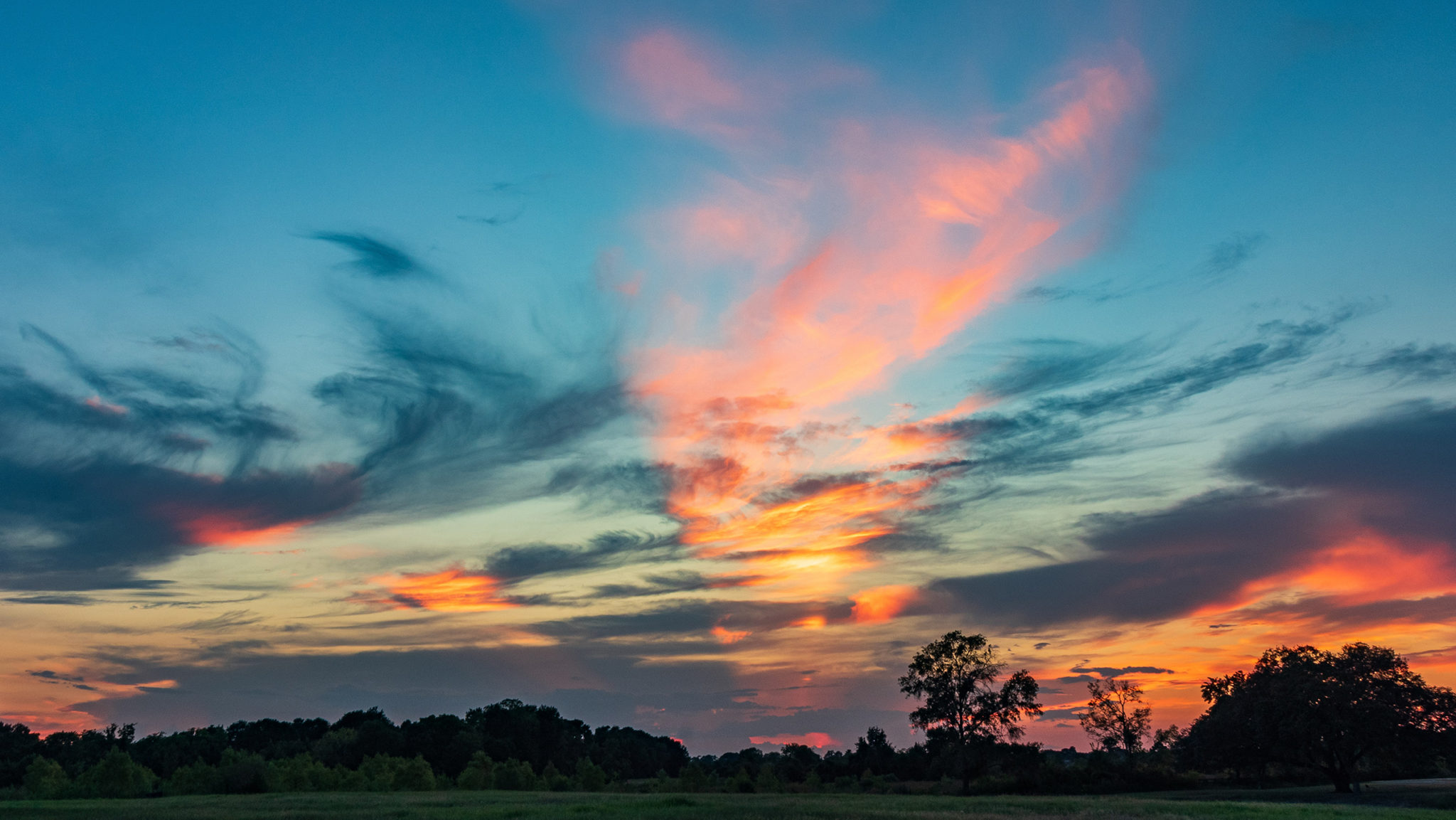
From the Plateau Land & Wildlife Management Team
With the new year upon us, property taxes are on the forefront of many of our landowners’ minds. Not only are property tax bills due, but now is the time to file certain late protests or motions to correct appraisal rolls. The beginning of the year is also a great time to consider your property tax valuations, and to begin preparing if you plan to make the switch to Wildlife Management.
This Seasons Newsletter is chalk full of helpful considerations and tips for landowners including articles and blogs from our expert team of biologists and property tax consultants, Braun & Gresham attorneys, real estate professionals, and more. Read blogs and articles covering open space valuations, property tax deadlines, invitations to virtual events covering your property tax valuation options, and more.
Though 2020 was a tough year for us all, being proactive with your property taxes in 2021 can help to ease the burden of transitioning in the new year. As always, we’re here to help if you need us. Cheers to a new year!
Until next Seasons,
The Plateau Team
Table of Contents
Open Space Property Tax Valuations & Wildlife Management
Avoiding Common Property Tax Pitfalls
Service Spotlight: FREE Wildlife Exemption Webinar Series
Introducing Danielle Belleny
News for Texas Landowners
Open Space Property Tax Valuations & Wildlife Management
By Shane Kiefer, Director of Ecological Services, Senior Property Tax Consultant and Certified Wildlife Biologist
Texas landowners have an option to maintain substantially lower property taxes on rural land under “open-space” valuations, also called 1-d-1 valuations after the section of the Texas Constitution that authorizes them. While many people call them ag or timber “exemptions”, these are not tax exemptions at all. Open-space is a special valuation that assigns land a value based on its “productive capacity” rather than its real estate market value.
There are three types of open-space valuations: 1) agricultural use, 2) timber use, and 3) ecological laboratory (Eco Lab). It is worth noting that the original “ag use” valuation, also called 1-d, is still available to landowners who derive more than half their income from farming or ranching. However, since 1-d landowners can easily qualify for 1-d-1 valuation and get the same savings with less annual paperwork, 1-d-1 valuations are much more common, even for full-time producers.
Qualifying for Ag or Timber Open-Space Valuation:
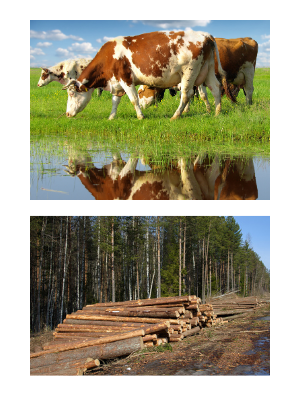 To qualify for agricultural or timber use, the property must have been used for one of these purposes for at least 5 of the preceding 7 years:
To qualify for agricultural or timber use, the property must have been used for one of these purposes for at least 5 of the preceding 7 years:
- Agricultural use – which includes producing crops or raising domesticated plants for livestock or human use, raising or keeping livestock, raising certain exotic animals to produce human food or other items of commercial value, beekeeping for production of commercial products, wildlife management, and likely includes using land for the production of any commercially valuable livestock, fish, or poultry product
- Timber use – which means that the land is actively devoted to the production of timber or forest products for income
In addition to the “5 of 7” time period or “history” test, the agricultural or timber use must also be:
- The primary (aka principal) use of the property – meaning it takes priority over other uses
- Conducted to the degree of intensity generally accepted in the area – meaning to the same level as a typical producer of that product in that area
The law does not set a minimum size requirement for land to qualify for most agricultural or timber uses. However, smaller properties must be able to demonstrate they are using the property to the degree of intensity typical for the area. Beekeeping as an agricultural use is restricted by state law to properties between 5-20 acres.
Landowners must apply for this special appraisal status by April 30th, though it is possible to file later by paying a penalty. Once granted, there is no need to reapply in subsequent years unless the ownership, size, or use of the property changes or if the appraisal district requests a new application. The land’s value will be assessed based on its productivity in relation to the type of agricultural or timber use. For example, irrigated cropland will have a higher productivity value than native pasture used for grazing. These productivity values are assessed according to land use categories on a county-wide basis.
Qualifying for Eco Lab Research Valuation:
To qualify for Ecological Laboratory Valuation, the primary use of the property must be research conducted by a college and/or university. This may involve providing funding to attract research, though the law does not require it. There is no size restriction under the law, but properties of 30 acres or more tend to work best given the logistics of attracting and conducting sufficient research interest. Eco Lab valuation is a highly specialized open-space use and will almost certainly require legal assistance to qualify.
Wildlife Management is a Type of Ag Valuation:
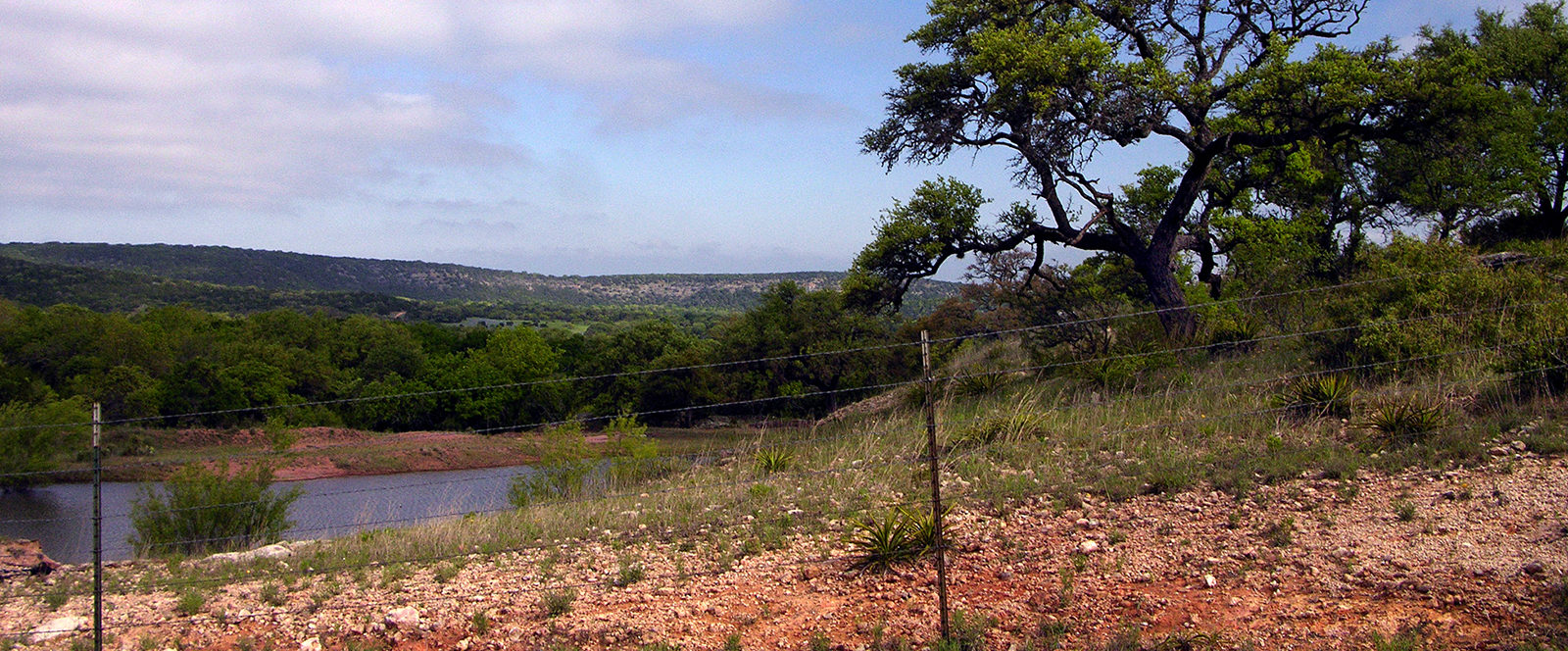
Not every property can support a viable agricultural operation. This is increasingly true as the average size of rural properties decreases. Texas A&M’s Natural Resources Institute estimates that agricultural operations less than 140 acres lose money, on average. Highly variable rainfall, steep topography, eroded and unproductive soils, and decreasing property size make agriculture particularly challenging in the Hill Country. Property sizes increase to the west, but rainfall declines, reducing productivity rapidly.
Farming and ranching are hard work, and as landowners age, they may not be capable of continuing their operation. The next generation of buyers and owners may lack the desire or ability to manage an agricultural operation. Even landowners who wish to continue agriculture may have areas that are unsuitable without substantial investment in fencing or other infrastructure, or their properties may require an extended period of rest.
To encourage conservation of open-space lands like these, the Texas Tax Code includes wildlife management in the definition of agricultural use. This gives landowners a viable option to keep their open-space taxes and hang on to their land when traditional agriculture is impractical or undesirable for their property. In order to qualify for open-space using wildlife management, you must have an existing open-space valuation. In other words, a property without an open-space valuation cannot be transferred directly to wildlife management as a form of agricultural use.
For properties already under agricultural valuation, you must prepare a wildlife management plan according to your ecoregion’s guidelines and conduct a minimum of 3 out of 7 wildlife management activities annually on your land: 1) habitat control; 2) erosion control; 3) predator control; 4) providing supplemental supplies of water; 5) providing supplemental supplies of food; 6) providing shelters; and/or 7) making census counts to determine population. Unlike with other agricultural uses, the intensity standards for wildlife management activities are not set locally, but rather by the Texas Parks & Wildlife Department’s Comprehensive Wildlife Management Planning Guidelines for each ecoregion.
Wildlife management use is limited to native wildlife. Managing a property primarily for exotic animals will not qualify under wildlife management use. Other agricultural uses such as grazing and beekeeping can occur on a property in wildlife management, but they cannot be the primary use – wildlife management must take precedence over other uses.
There are many benefits to managing for wildlife. Landowners can maintain an existing open-space valuation while eliminating the need for fencing, livestock veterinary care, crop planting and harvesting, overgrazing, and other expenses and challenges associated with farming and ranching. Instead of struggling to manage grazing on land that may require 40-80 acres or more to support one cow, they can focus on letting native vegetation flourish to the benefit of wildlife including songbirds, Wild Turkey, and pollinators, or their favorite game animals for hunting. The natural beauty of a well-managed wildlife property is attractive to potential buyers as well. The productivity value of a property under wildlife management is the same as whichever agricultural use the property was in prior to converting.
There is no minimum size requirement to qualify for wildlife management unless your property was reduced in size in the tax year immediately preceding your application. To apply for wildlife management the written wildlife management plan and the standard open-space application must be submitted to your appraisal district by the April 30th deadline.
Resources:
- Texas Parks & Wildlife Department – Create statewide guidelines for wildlife and provide technical assistance
- AgriLife Extension – Provide technical assistance
- Your Central Appraisal District
- Plateau Land & Wildlife Management – Turn-key services including wildlife management plans, completion and filing of open-space applications, activity services, biologist surveys, appraisal district representation by Registered Property Tax Consultants, wildlife products, wildlife and habitat technical assistance
- Braun & Gresham – Eco Lab assistance and landowner legal matters including conservation planning, condemnation, estate planning, and more
Why are open space lands important?
- Open-space lands produce our food, fiber, and timber
- They protect the natural beauty of Texas while catching, cleaning, and filtering our water
- They provide habitat for our wildlife – from butterflies to bobcats, from dragonflies to deer
This tax benefit helps protect these lands from being sold “just to afford the property taxes.” Despite the significantly lower tax bills on open-space lands, they still generate more tax revenue than they cost in government services according to the American Farmland Trust*. Remember that landowners still pay market value taxes on their structures and any residential land on the property. Only the land used for agriculture or timber production gets the special valuation.
If you’re interested in learning more about your property tax valuation options, specifically Wildlife Management, Plateau can help. Contact us at (512) 894-3479 or [email protected] if you have questions, or would like to speak with a member of our team about purchasing a Wildlife Management Plan.
*American Farmland Trust Cost of Community Services Studies 2016
Back to TopBack to Top
Avoiding Common Property Tax Pitfalls
By Cassie Gresham, Braun & Gresham, Principal, Attorney & Counselor
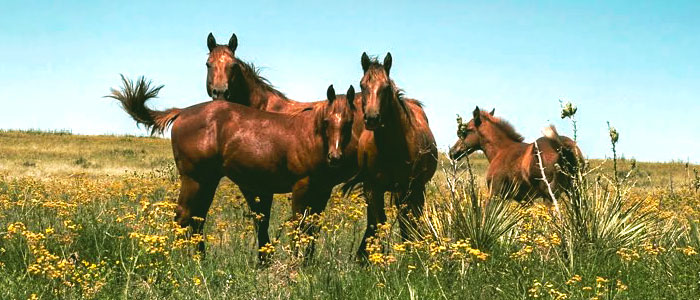
My work on behalf of landowners often involves helping them fix a problem or get out of a bind with their local appraisal district. Through the years, I have seen some common mistakes that can lead to big problems:
- Be aware of the deadline to file your annual report
Did you know that there is no state statute setting a deadline for annual reports? Therefore, many appraisal districts set their own deadlines for filing annual reports. You should know exactly what the deadline is each year in your particular county. - Be able to document your use of your property for open space
Landowners should have a written lease for their property to document who is using their property and how their property is being used for agricultural use. If you are using your property for wildlife management, then you should have an up to date wildlife management plan that you are following. When you implement the wildlife management activities on your property, you should document (take pictures, keep a journal, etc.) your work. - Was there an ownership change? You must re-file your application
You need to re-file an application in your own name if you have recently purchased a property. But, you also need to re-file an application even if you are just transferring the property into a new entity that you still own (i.e. LLC, LLP, Trust). Failure to file a new application will result in the loss in your open space valuation. - Always review your Notice of Appraised Value
The Notice of Appraised Value usually arrives in April/May each year. It shows you not only what the market value of your property will be for that year, but it also indicates whether or not your property will qualify for an open space valuation. Many appraisal districts consider the Notice of Appraised Value as the notice they provide if there is a problem. - Make sure to protest
You should protest each year if your property value has increased above the market value or is not being taxed in a similar manner to your neighbors. You should also protest if your ag or wildlife management valuation has been removed. You typically have 30 days to protest from the date that you receive notice that your ag or wildlife management has been removed. Or you should file a protest no later than May 15th, whichever is later. You can file a late protest, but you should file it before the appraisal district certifies their tax rolls. The certification usually occurs in late July. - Make sure to pay your taxes by January 31st
You should pay your taxes by January 31st of each year, even if you have filed a protest and are waiting on a hearing or waiting on a lawsuit to be resolved. If you have lost your ag or wildlife management valuation and have filed a timely protest, then you at least need to pay the amount not in dispute or the amount of taxes you paid last year when you had an ag valuation. Failure to pay the taxes (even the undisputed amount) will result in a forfeiture of your protest or lawsuit. - Know the agricultural history of a property you are purchasing
Ask the seller to provide documentation of approval of the ag or wildlife management use before you purchase the property. You want to obtain any written leases or evidence of practices that have been implemented on the property prior to closing. When you make an application in your own name, you might be asked by the local appraisal district to demonstrate the history of use of the property. You will only have this information if you have previously requested it from the seller as part of your due diligence in purchasing the property. - Continue your use of the property for ag or wildlife management, even if you don’t qualify
Even if your property didn’t qualify for ag or wildlife management in a particular, you should continue the use of the property for ag or wildlife management use. This will allow you to avoid rollback taxes by demonstrating that there is no change in use in the property. - Additional notice is required to landowners who are over 65
In 2015, the Texas Legislature passed a law that requires additional notice to landowners who are over 65. If a chief appraiser believes there is a change in use of the property, then they are required to provide notice to the over 65 landowner. If the chief appraiser doesn’t receive a response within 60 days, then they are required to follow up with the landowner. This new law provided additional protection for landowners and a higher standard for appraisal districts. Most appraisal districts are not aware of this additional notice and fail to provide it. - Communicate your local appraisal district
Haven’t heard from your local appraisal district by April 1st? Call them. Many of the problems that we have to solve are due to lack of notice. If you are talking to your local ag appraiser, you are more likely to know if there is a problem. Why do I suggest the date of April 1st? Because it still gives you time to solve any problems that need to be addressed (i.e. file a new application, annual report or a protest).
If you have questions or concerns about your property tax status, bill, or filing a protest, Braun & Gresham can help. The attorneys at Braun & Gresham are not only experts and innovators in ways to utilize property tax incentives and how to reduce your property taxes, but we also serve as your advocates when you are unfairly taxed. We know the rules and how to use them. We also make sure the taxing authorities follow those rules. Please contact us at (512) 894-5426 or email [email protected].
Service Spotlight: FREE Wildlife Exemption Webinar Series
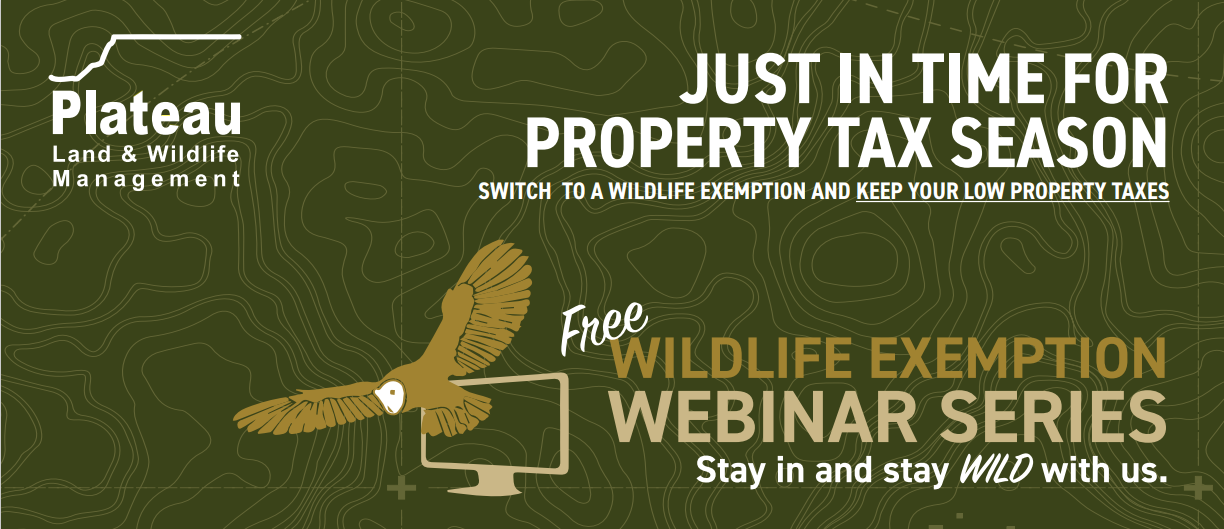
Learn About Making the Switch to a Wildlife Management Exemption:
Whether you’re a new landowner, already in Ag or Timber, or currently have a Wildlife Management valuation, everyone is invited to join us for our FREE Wildlife Exemption Webinar Series. Connect with experts and learn how to make the switch to a Wildlife Management valuation.
Topics Include:
- Wildlife Management Exemption
- Wildlife Management 101
- Moving from Ag or Timber
- Qualifying Wildlife Activities
- Property Taxes
- Wildlife Management Plans
- Annual Reports
- County Requirements
- Issues Related to Texas Regions
- Open Questions & Anwers
- *Early Bird Presentations on Select Dates: Estate Planning, Conservation Easements, and Recreation & Asset Protection
REGISTER EARLY!
If you have questions or need assistance registering for a webinar, please contact us at (512) 894-3479 or email [email protected].
Introducing Danielle Belleny
Plateau is happy to welcome Danielle Belleny to the team! Danielle has joined the ecological services team as a wildlife biologist II.
 Danielle Belleny
Danielle Belleny
Danielle joins the team as a biologist with Plateau Land & Wildlife Management. As a San Antonio native, Danielle has an undying love for the Texas Hill Country. Danielle was inspired from an early age to understand how and why natural ecosystems work. Her love for nature was cultivated during summers where she helped at her grandparents farm near Lockhart and explored their property for any bug, snake, or bird she could find.
Her time spent studying birds across Texas was instrumental in developing her love for conservation and research. Since much of her research was completed on private lands in Texas, Danielle understands the importance of protecting the needs of private landowners and wildlife. After graduating in 2018 from Tarleton State University with a M.Sc. in Agricultural and Natural Resource Management, Danielle was a wildlife biology assistant and goatherd on Martha’s Vineyard in Massachusetts. Her primary focus was conserving rare and endangered plants, birds, and reptiles in one of New England’s most unique ecosystems.
Danielle is excited to return to central Texas and to work with a team of people dedicated to meet the dynamic needs of land conservation in innovative ways.
Back to TopBack to Top
News for Texas Landowners
Nation’s Largest Land Bridge for People and Wildlife Opens in San Antonio
Article by Katie Friel with CultureMap Austin

A very special public (and animal!) works project is now open in the Alamo City. Robert L.B. Tobin Land Bridge, the United States’ largest wildlife crossing, opened in Northwest San Antonio on December 11.
At 1 pm on Friday, officials lifted construction barriers on the new land bridge, which connects two previously divided halves of the 330-acre Phil Hardberger Park. The bridge’s location helps reclaim natural habitat above Wurzbach Parkway, and its design helps pedestrians and wildlife move freely — and safely — between the two portions of the park.
If you’ve seen that viral video of a new wildlife bridge in Utah that has been making the rounds on the internet, then you’re aware of the land bridge trend. But more than that, these innovative structures help ease wildlife-related crashes and help reconnect fractured habitats in an increasingly urban world…
Winter Season Offers Multiple Opportunities for Texas Bird Hunters
News Release by Texas Parks & Wildlife Department
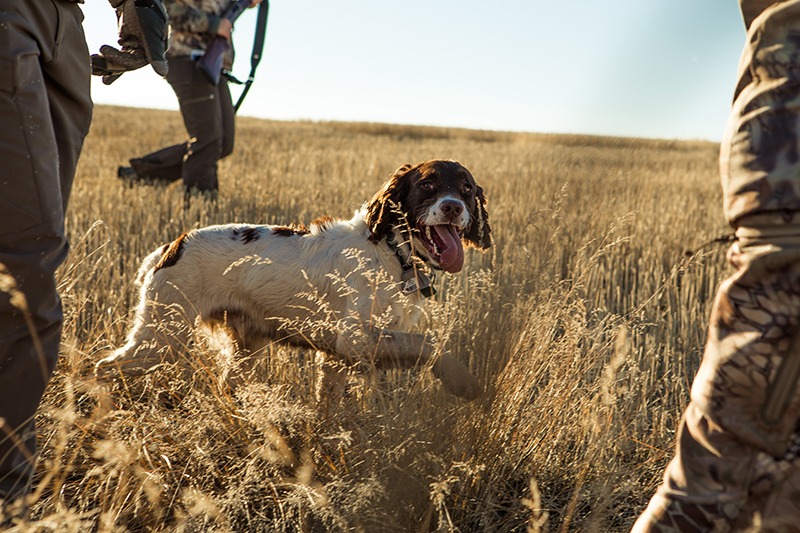
While winter in Texas is often synonymous with spending dawn and dusk in a deer blind, Texas Parks and Wildlife Department (TPWD) wants to remind hunters of the various upland and migratory bird hunting seasons that are still open throughout the colder months.
Hunters can take part in several seasons for a range of species including dove, quail, duck, turkey and Sandhill Cranes. The winter months are also a good time to take part in lesser-utilized seasons, hunting for species like woodcock, rails, gallinules and chachalacas.
A few of the winter bird hunting season dates are as follows:
- Second segment of the statewide dove season…
Four Texas Parks & Wildlife Films Featured in Wild Texas Film Tour
News Release by Texas Parks & Wildlife Department
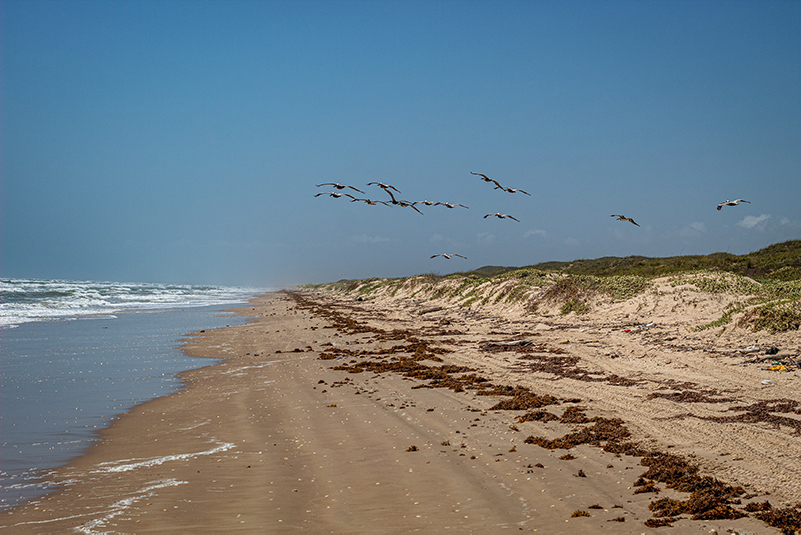
The Texas Parks and Wildlife Department (TPWD) will have four short films featured in this year’s virtual Wild Texas Film Tour starting on Dec. 1. The films spotlight experimental paddlefish stocking in Caddo Lake, Black Skimmers along the Texas Coast, research surrounding the Swift Fox in the Panhandle Plains and the diverse bayou habitats throughout the city of Houston.
“Progress for Paddlefish”, produced by Alan Fisher, a Video Producer with TPWD, followed TPWD biologists as they stocked paddlefish in Caddo Lake in 2014. The stocking was truly an experiment as no one could be certain whether the fish would survive or stay put. Years later it seems they have done both. The film helps audiences learn how ongoing research and more natural water flows yield new hope for a very old fish and its timeless habitat…
Pond, Lake Management Webinars Open Registration
Blog by Adam Russell with Texas A&M AgriLife
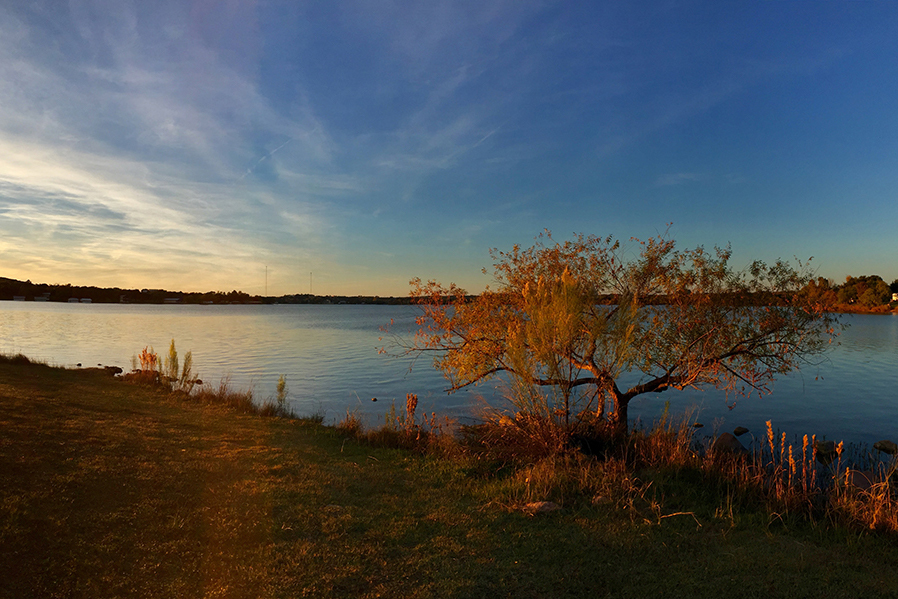
The Texas A&M AgriLife Extension Service is offering a pond and lake management webinar series for landowners interested in improving the quality of their aquatic habitat and sport fishing opportunities.
Each monthly aquatics webinar begins at 6 p.m., lasts an hour, and covers subjects ranging from water quality, how to properly stock ponds, aquatic vegetation – the benefits and drawbacks of various species, vegetation control methods, herbicides and permitting, and managing fish populations.
Individual webinars are $35 each and will include a 30-minute Q&A at program’s end.
Registration for the webinars is open now…
Texas ‘Wild Pig Wars’ Leader Assumes Role in National Task Force
Blog by Kay Ledbetter with Texas A&M AgriLife
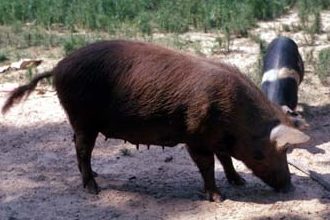
When it comes to “wild pig wars,” John Tomeček, Ph.D, has been leading the charge in Texas. Now he’s been tapped to take his leadership skills to the national level as the chair-elect of the National Wild Pig Task Force.
Tomeček, Texas A&M AgriLife Extension Service wildlife specialist in the Department of Rangeland, Wildlife and Fisheries Management, Thrall, said AgriLife Extension and its predecessor agencies have been leaders in wild pig management for a very long time, starting in many ways with the work of longtime AgriLife Extension wildlife and fisheries specialist Billy Higginbotham, Ph.D.
Michael Bodenchuk, director of Texas Wildlife Services and Texas state director, U.S. Department of Agriculture – Animal and Plant Health Inspection Service, Wildlife Services, San Antonio, said when Higginbotham retired, Tomeček stepped into two roles…
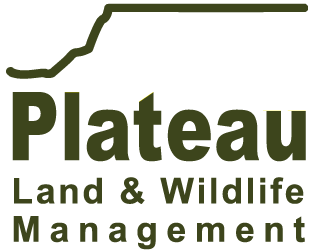




Sorry, the comment form is closed at this time.